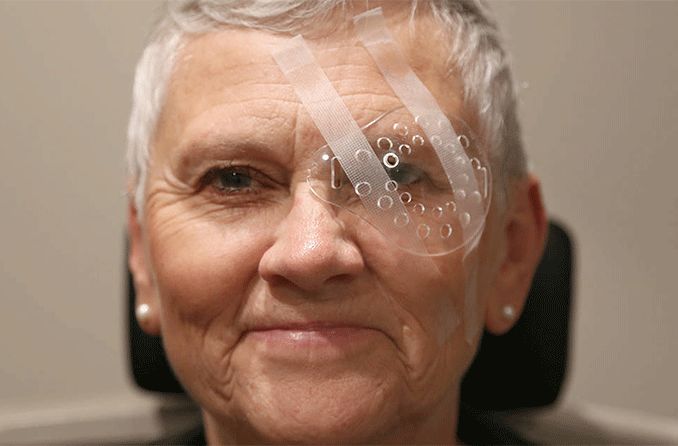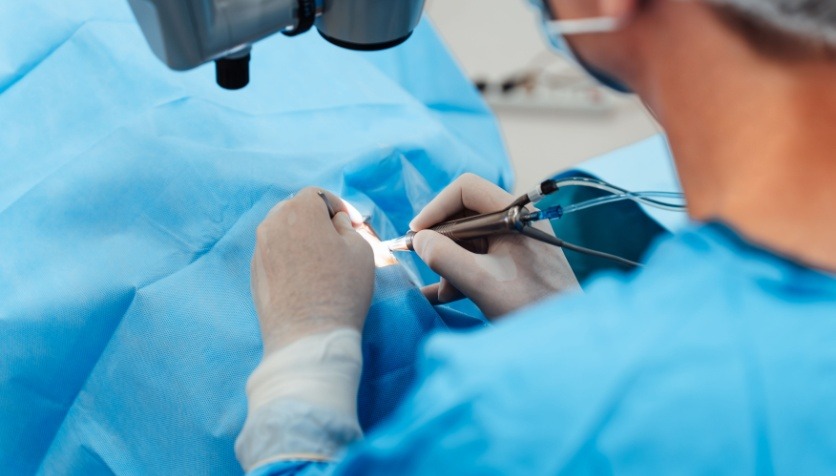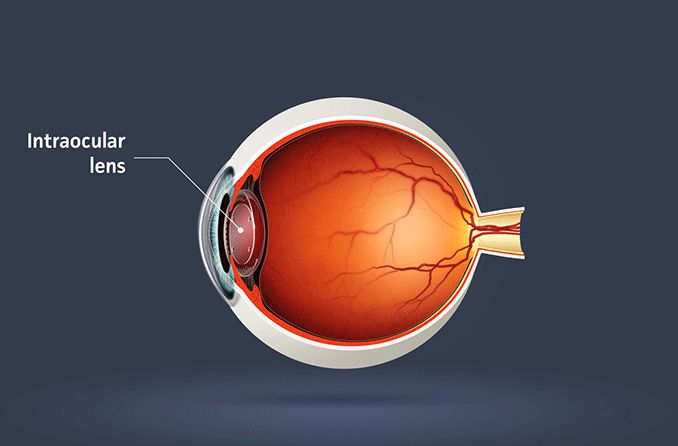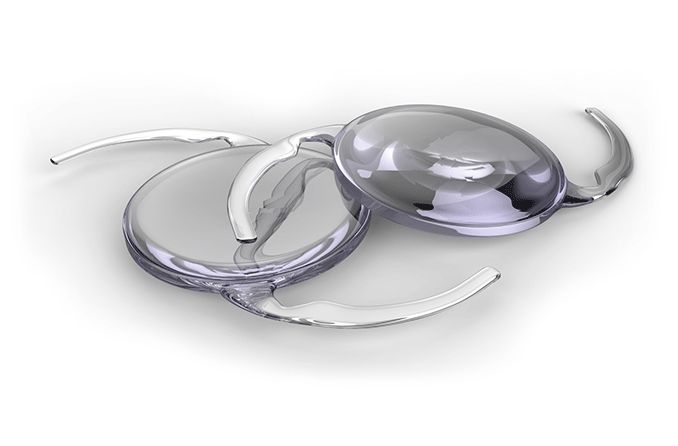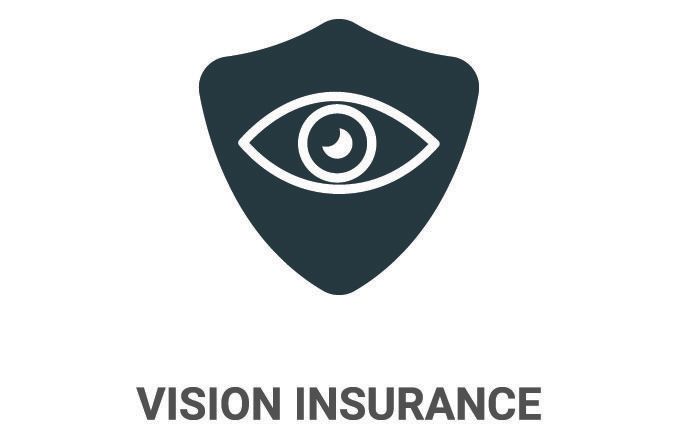What is cataract surgery?
Cataract surgery is a procedure that helps fix the vision problems caused by a cataract. During surgery, the cloudy lens inside your eye will be replaced with a clear artificial lens. It's an outpatient procedure, which means you can usually go home the same day.
Surgery is the only way to treat a cataract.
It might sound scary at first, but cataract removal surgery is one of the safest and most common surgeries performed today. You won't feel any pain during the procedure, and it usually only takes 10 to 15 minutes.
You're more likely to need treatment for cataracts as you get older. That's when most cataracts develop or get worse.
A cataract diagnosis doesn't always mean you need surgery right away. Many people decide to wait until their vision problems get worse, while others prefer to be more proactive with treatment.

According to the National Eye Institute, cataracts affect:
About 1 in 20 people aged 50 to 54
Around half of people aged 75 to 79
More than 2 in 3 people aged 80 or older
Millions of people in the United States have cataracts removed every year. About 97% of people who have surgery will see more clearly after their procedure.
How is cataract surgery done?
Cataract treatment involves removing your cloudy natural lens and replacing it with a clear artificial one.
The new lens is called an intraocular lens, or IOL. The IOL helps restore the clear vision you had before your cataract developed.
A medical eye surgeon called an ophthalmologist will perform your cataract surgery procedure.
During the average surgery, the ophthalmologist will:
Place numbing eye drops in your eye so you don't feel pain. They may also give you medicine to help you relax.
Make painless, small incisions along the sides of your cornea (the clear part of your eye).
Use an ultrasound or laser to carefully break up the cloudy lens into small pieces.
Gently remove the lens pieces from the eye.
Place an artificial lens in the spot where your natural lens used to be.
Close any incisions.
Most incisions heal on their own without stitches. A protective shield or patch will be placed over your eye to keep it safe until your follow-up exam (usually the next day).
If you need cataract treatment in both eyes, your surgeon will probably wait one or two weeks between procedures. That gives your first eye a chance to heal. But in some circumstances, both eyes can be treated on the same day.
LEARN MORE: Everything you need to know about cataracts
Types of cataract surgery
Eye doctors can use different types of cataract surgery to help their patients see better.
Phacoemulsification
The most common cataract treatment in the U.S. is called phacoemulsification, or "phaco" for short.
Phacoemulsification involves ultrasound waves to break up the cloudy lens and remove it.
Laser cataract surgery
Laser cataract surgery uses newer technology. During the procedure, the doctor uses a femtosecond laser to make incisions, soften the hardened cataract, then break up the cataract into small pieces.
Laser surgery is usually more expensive and may not be covered by insurance. This is because there is not strong evidence that the results are better than when ultrasound is used to remove the cataract. Your ophthalmologist can help you decide which type of surgery is best for you.
SEE RELATED: How monovision cataract surgery can help people with presbyopia






